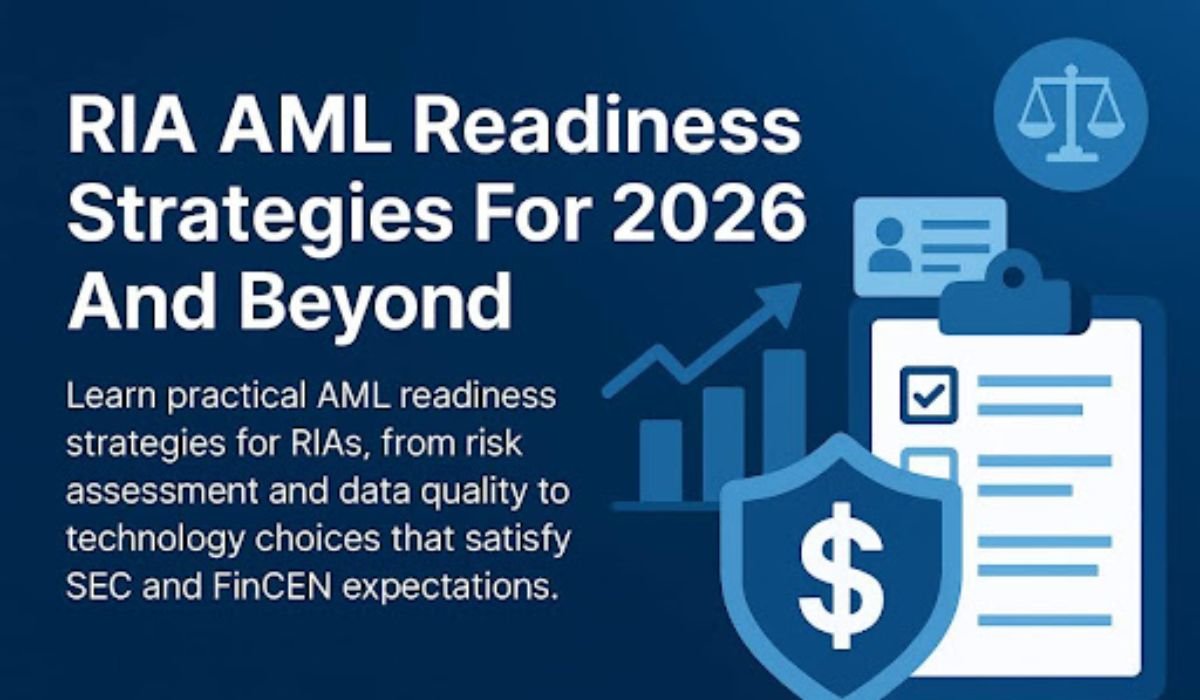We’ve all seen the headlines: a whistleblower leaks internal documents, an engineer downloads sensitive files before quitting, or an employee accidentally forwards a confidential report to the wrong person. In most of these cases, the threat doesn’t come from hackers on the outside. It comes from someone already inside the organization.
Insider threats are uncomfortable to talk about. Nobody wants to imagine their own employees, contractors, or partners posing a risk. But here’s the reality, we hear security teams say it all the time: “We trust our people. We just don’t trust access to stay in check.” That’s where identity and access management must evolve.
Let’s walk through why IAM is at the front line of insider threat defense and what a modern, thoughtful IAM strategy really looks like.
Understanding the Insider Threat
First, let’s get clear on what insider threats actually are. It’s not just about someone going rogue. Insider threats come in different shapes:
- Malicious insiders: Someone intentionally trying to cause harm, maybe out of revenge, financial gain, or personal ideology.
- Negligent insiders: People who make mistakes, think of accidental data sharing, weak passwords, or falling for phishing scams.
- Compromised insiders: External attackers using stolen credentials to impersonate employees.
Insider threat incidents are rising, and they’re more expensive to fix. And unlike outside attacks, insider threats don’t raise obvious red flags. These users already have access.
We’ve worked with organizations where the breach didn’t come from a hacker, it came from someone in payroll emailing a CSV to a personal email, or an intern accessing production files they were never supposed to see. It wasn’t evil. It was just access gone wrong.
What is Identity and Access Management and Why Traditional IAM Isn’t Enough
identity and access management solutions control who can access what in an organization managing logins, permissions, and user roles. Most organizations already use identity and access management software in some form. It handles logins, permissions, and access reviews. But here’s the problem: traditional IAM systems were built to verify identity, not detect intent.
They ask:
“Is this user allowed in?”
Not:
“Why is this user downloading 800 files at 2 a.m.?”
We’ve seen this gap firsthand. One IT director told us, “Our IAM platform did everything right. The person had valid credentials. But the system never noticed how weird their behavior was.”
That’s the crux of it. Static access rules aren’t enough anymore. Insider threats demand context, behavior analysis, and real-time response.
What Modern IAM Looks Like
To truly counter insider threats, IAM needs to do more than grant or denycess. It must observe, learn, and respond, just like a security analyst would.
We’re seeing more companies shift to an adaptive IAM model, with capabilities like:
Real-time behavior monitoring
Instead of just logging access events, modern IAM solutions track how users behave once inside. What files are they opening? Are they trying to access unfamiliar systems? Are they logging in from new locations?
This kind of insight helps surface anomalies especially when paired with machine learning that understands “normal” behavior.
Granular access control + least privilege
We’re big believers in the “don’t trust, verify everything” model. Give users just the access they need, and nothing more. If someone’s role changes, their access changes. If they’re working remotely on an unknown device, their permissions shrink automatically.
Privileged Access Management (PAM)
Admins, DevOps engineers, and other power users pose unique risks. Modern IAM must treat these accounts differently with temporary access windows, session monitoring, and tighter controls. If someone’s accessing sensitive systems, someone else (or something automated) should be watching.
Key IAM Features That Stop Insider Threats
Let’s get specific. Here are the core IAM capabilities that matter most when it comes to containing insider threats:
- Automated provisioning & deprovisioning: Avoid orphaned accounts by granting and revoking access automatically.
- Multi-factor authentication (MFA): Make it harder for compromised credentials to be abused.
- Behavioral analytics: Learn what normal usage looks like and flag suspicious activity in real time.
- Access reviews & audits: Regularly check who has access to what—and whether they still need it.
- Session logging: Track what users are doing inside the system, not just whether they logged in.
- Context-aware policies: Adjust access based on risk signals like location, device, or login patterns.
These aren’t just nice-to-haves; they’re increasingly expected in regulated industries like finance and healthcare. And when used together, they create a layered defense that gives security teams both visibility and control.
IAM as Part of a Broader Strategy
IAM can’t do everything on its own. Even the smartest identity tools need to be part of a wider security stack.
That’s exactly the point. To tackle insider threats, IAM must integrate with:
- SIEM tools (for centralized visibility)
- DLP solutions (for data exfiltration protection)
- EDR platforms (for endpoint activity)
- Employee training (because the human layer still matters)
Culture also plays a role. We often hear small businesses say, “We’re too small to be targeted.” But insider incidents don’t discriminate by size. One weak password, one overly broad permission, those are the kinds of things that open the door.
What’s Next: The Future of IAM
We’re seeing a shift in how companies think about identity. It’s no longer just about logging in, it’s about real-time trust. That’s where new technologies come into play:
- AI and machine learning to detect behavioral anomalies automatically.
- Blockchain-based audit logs that can’t be tampered with.
- Zero Trust models that continuously validate user context.
These aren’t buzzwords anymore; they’re already being adopted in industries where trust is mission critical.
Why AuthX?
At AuthX, we built our platform with insider threats in mind. We don’t just help organizations manage access; we help them understand it.
With AuthX, you get:
- Adaptive MFA that adjusts based on risk signals.
- Behavior analytics built into the core IAM engine.
- Granular access policies that scale with your business.
- Real-time alerts and automated responses for suspicious activity.
Most of all, we bring transparency and flexibility. Whether you’re a 50-person healthcare startup or a global enterprise, we help you build an IAM strategy that fits your reality, not a one-size-fits-all checklist.
Final Thoughts
Insider threats aren’t going away but they are getting more detectable. The organizations that win this battle aren’t the ones who block every door. They’re the ones who know exactly who’s inside, what they’re doing, and when something doesn’t look right.
So, if you’re still asking what identity and access management is, it’s time to think beyond logins. It’s your early warning system, your access control layer, and your behavioral signal hub, all rolled into one.
IAM solutions like AuthX are no longer optional, they’re foundational.
READ ALSO: About Tatasec: The Silent Guardian Redefining Cybersecurity in 2025











